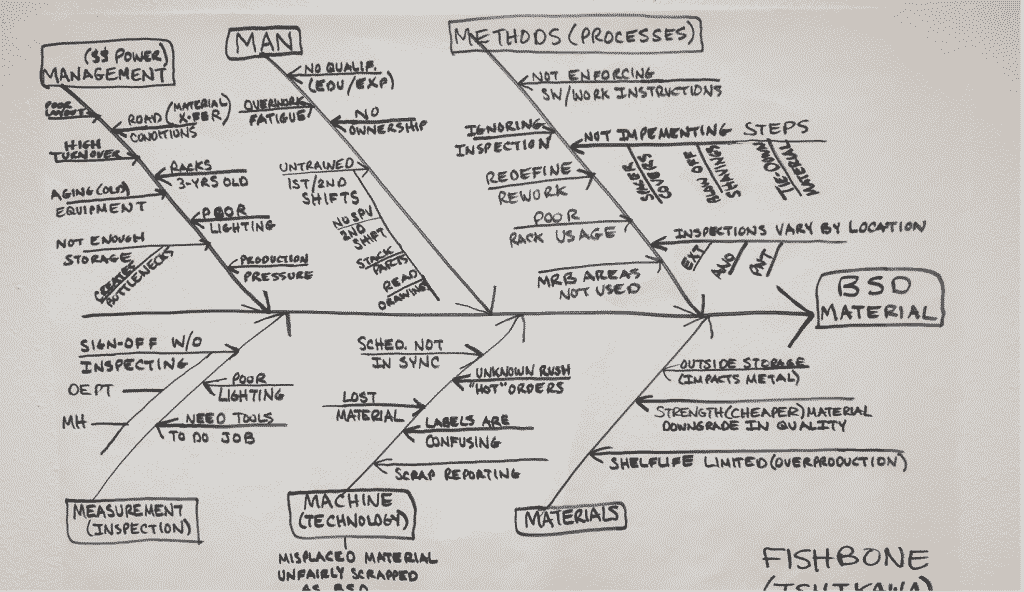

It is used within many modern quality management methodologies, including Six Sigma and Lean Manufacturing.Īlthough we refer to the Fishbone Diagram as a structured problem-solving tool, it has other uses. It was developed by Kaoru Ishikawa and became popular in the 1960s. The Fishbone Diagram is called such due to its resemblance to a fish’s skeleton. When used effectively, it ensures that teams address the actual cause of the problem and don’t just implement a Band-aid solution. The Fishbone Diagram helps users group these causes into categories and provides a structure to display them. Instead of one fishbone diagram, several others may be required and the whole process of problem solving may become exceedingly complex.A Fishbone Diagram also called an Ishikawa diagram or cause and effect diagram is a visual management tool used to document all the potential causes of a problem to uncover the root causes. This is when one issue leads to another and another. Hence the use of fishbone diagram may become problematic in certain cases. However, in quality management it is a known fact that cause and effect are seldom present in one layer. Only One Issue per Diagram: The flipside of a Fish-bone diagram is the fact that there can only be one issue per diagram. For instance, in a brainstorming session people may be asked their views on how materials mismanagement is leading to delayed deliveries. Therefore when a participant is trying to brainstorm they have a more specific way to look at the problem.

This is because Fishbone diagrams have pre-defined categories. However, Fishbone diagrams help in giving structure to the thoughts. Hence we can solve the issues more effectively and by utilising minimal resources.Ĭategories Give Structure to Thinking: Now, Brainstorming can be done in several ways, there is no need of a Fishbone diagram to do so. This line then branches out into several lines, each of which represents a category of problems.įirstly by categorizing problems, we understand the fact that they might have similar root causes. A central line is drawn from the left pointing towards the issue. An issue is listed at the far right hand corner of the diagram. So how exactly does it help in brainstorming? Here is how. The fishbone diagram is called a fishbone diagram because it does look like a fishbone. What Exactly Does a Fishbone Diagram Do ? This helps get structured inputs from various members of the organization. However instead of the usual brainstorming a Fishbone diagram is used. To be Used in Teams at Brainstorming Sessions: Once a cross functional team has been selected to solve the problem a brainstorming session is called. Only the use of cross functional teams can make brainstorming a success with or without a fishbone diagram. Cross functional teams include workers, technical staff, management, support functions staff etc. It is for this reason Fishbone diagrams suggest that cross functional teams be used. Also once they realise the problem, they may not have sufficient insight to solve the problem. This is because of their lack of knowledge that a problem does exist. But as we know they are not very efficient at it.

How We Usually Solve Problems: The management in every organization is in charge of solving everyones problems. The Fishbone diagram is a simple but highly effective tool in problem solving. It has wide ranging applications in almost all six sigma projects. The fishbone diagram, which also goes by a couple of other names like the Cause and effect diagram and the Ishikawa diagram is one of the seven basic tools of quality management.


 0 kommentar(er)
0 kommentar(er)
